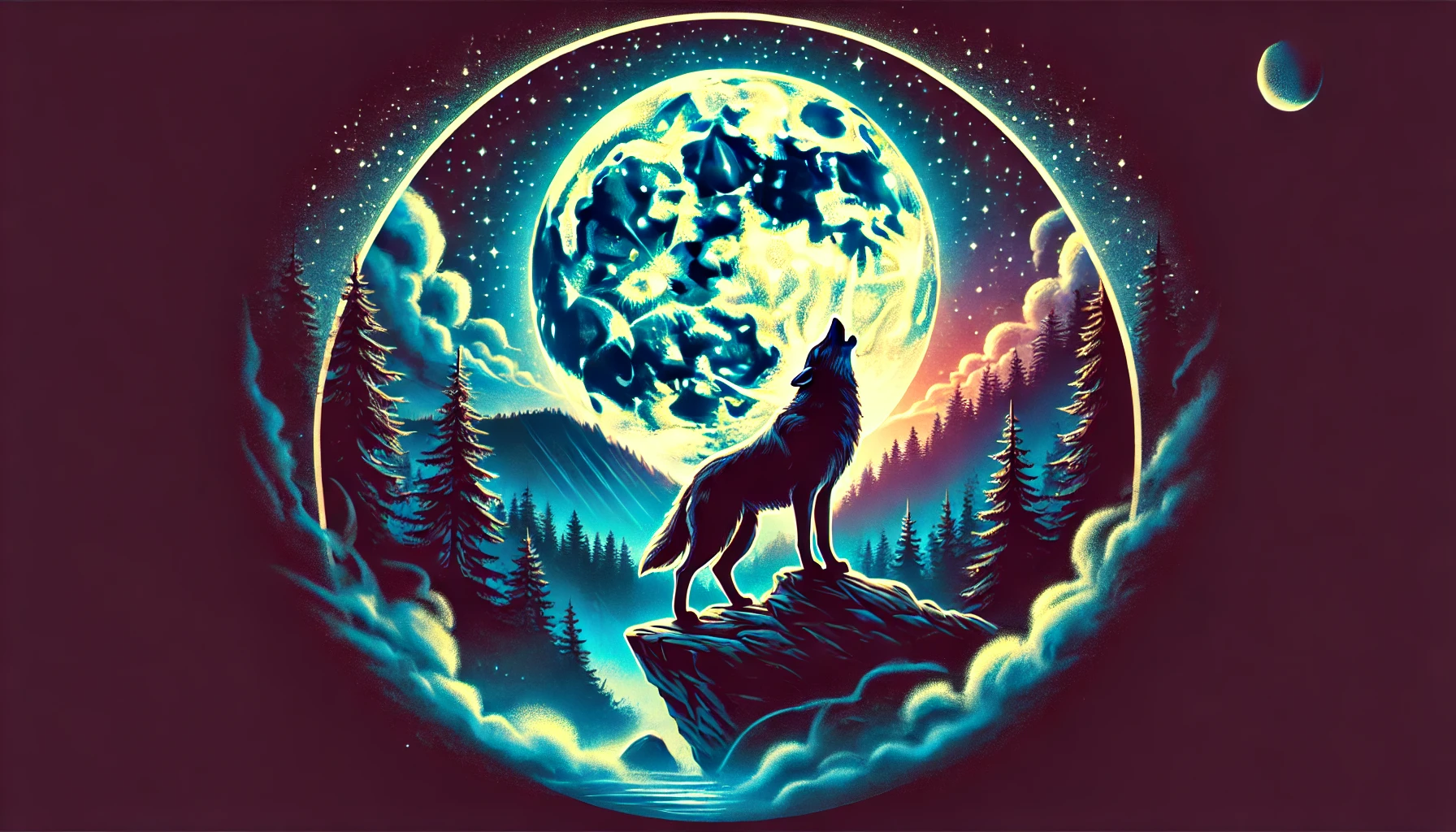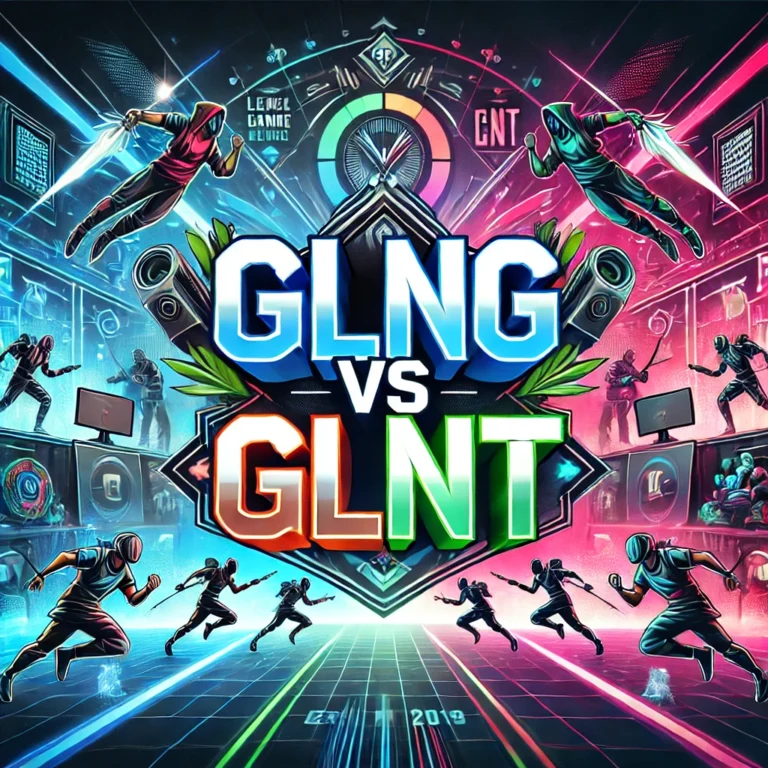
The connection between the moon and the wolf has intrigued humans for centuries, and “Moon:og4alzgmvog= wolf” is no different. It is a powerful metaphor for transformation, instinct, and identity. In this exploration, we will unravel the rich symbolism, cultural perspectives, and psychological insights behind the moon and wolf pairing, and why it continues to resonate deeply with audiences across the world. The moon and wolf pairing, particularly through “Moon:og4alzgmvog= wolf,” embodies a universal appeal that touches on both the mystical and the very human aspects of existence.
The Historical Symbolism of Moon and Wolf
The symbolism of the moon and wolf stretches far back in history. Ancient cultures have long depicted these two symbols as forces connected to cycles, mystery, and survival. The moon, with its waxing and waning, represents the constant change inherent in life. The wolf, revered for its strength and close ties to the wild, symbolizes primal instincts and the untamed parts of human nature. Together, they create a powerful archetype that evokes both our emotional depths and our instinctual drives.
In cultures around the world, the moon has often been seen as a representation of femininity, intuition, and change. It governs the tides, symbolizes renewal, and serves as a constant reminder of the cyclical nature of existence. The wolf, on the other hand, has been both feared and revered, representing the complex interplay between the wild and the protective. By exploring these symbols through “Moon:og4alzgmvog= wolf,” we gain insight into the timeless themes that have captivated humanity for ages.
Moon in Mythology: A Symbol of Change and Intuition
The moon is a powerful symbol across mythologies. In Greek mythology, the moon is represented by Selene, the goddess who rode her chariot across the night sky. She symbolizes the nurturing and reflective aspects of human experience. The moon’s phases reflect the ever-changing nature of life—the ebb and flow of our emotions, opportunities, and challenges.
In Native American traditions, the moon is often seen as a guiding spirit, particularly for animals like the wolf. The moon helps navigate nocturnal hunts and symbolizes wisdom and intuition. The symbolism of “Moon:og4alzgmvog= wolf” draws from these traditions, blending them into a cohesive metaphor that speaks to our deepest emotional and instinctual natures.
Wolves in Folklore: The Primal Guardians of the Wild
Wolves have always held a dual role in folklore—they are both feared and respected. In Roman mythology, Romulus and Remus, the founders of Rome, were famously nurtured by a she-wolf, highlighting the protective and nurturing aspects of wolves. This story symbolizes the wolf as a protector, capable of both ferocity and care.
In Norse mythology, wolves such as Fenrir represent both creation and destruction. Fenrir was destined to bring about Ragnarok, the end of the world, which in turn would lead to a new beginning. This duality aligns perfectly with the moon’s cycles—constant transformation, endings, and new beginnings—as seen in “Moon:og4alzgmvog= wolf.” The wolf represents our primal instincts, while the moon represents the cycles of life that push us forward.
The Moon-Wolf Archetype in Psychology
The pairing of the moon and wolf represents a powerful archetype within psychology, particularly in the context of Carl Jung’s theories. The moon is a reflection of the subconscious mind—it symbolizes our dreams, emotions, and the mysteries of the psyche. The wolf, on the other hand, represents primal instincts—the raw, untamed aspects of ourselves that are driven by survival and connection to nature.
When combined, as in “Moon:og4alzgmvog= wolf,” these symbols reflect the balance between intuition (represented by the moon) and primal instinct (represented by the wolf). This archetype speaks to the struggles we face in navigating our instinctual desires and our higher, reflective selves.
Cultural Comparisons: Moon-Wolf Symbolism Around the World
The moon-wolf pairing has been interpreted differently across various cultures. In Eastern traditions, the moon is often linked to tranquility, meditation, and harmony. Wolves, while less prevalent in Eastern mythology, are still seen as symbols of strength and guardianship.
In Western folklore, the moon is frequently depicted as a force that brings transformation—most famously turning men into werewolves. This depiction is a metaphor for the balance between our civilized selves and our untamed, instinctual sides. The moon and wolf together symbolize a continuous dance between calm reflection and fierce action, which is a key theme in “Moon:og4alzgmvog= wolf.”
Symbolism in Modern Media and Art
The moon-wolf symbolism continues to be powerful in modern media. Werewolves, depicted in movies and literature, are perhaps the most recognizable representation of this pairing. The full moon, which triggers a werewolf’s transformation, is a metaphor for the latent primal forces that exist within all of us.
In the anime world, series like “Wolf’s Rain” delve into the moon-wolf dynamic. “Moon:og4alzgmvog= wolf” follows this tradition by exploring themes of identity, transformation, and survival, making it relatable to audiences who see themselves in these age-old symbols.
The Moon-Wolf Relationship in Anime and Popular Culture
The relationship between the moon and the wolf is central to many anime and popular cultural narratives. In “Moon:og4alzgmvog= wolf,” the pairing is used to symbolize the protagonist’s journey of self-discovery and the struggle between instinct and reason.
Anime often uses the moon as a visual metaphor for change, while the wolf represents both the threat and the promise of freedom. This combination allows for an exploration of themes like loyalty, community, and the quest for personal freedom. The moon-wolf symbolism speaks to universal human experiences, which is why it remains a popular motif in storytelling.
Spiritual Significance and Metaphysical Perspectives
The moon and wolf also hold significance in spiritual and metaphysical contexts. In astrology, the moon is tied to emotions, intuition, and feminine energy. The wolf, often seen as a spirit guide, represents survival, instinct, and a deep connection to the natural world.
In Wiccan and pagan traditions, the wolf is seen as sacred, often linked to the moon due to its nocturnal habits. Together, the moon and wolf symbolize the balance of light and dark, instinct and intuition. This balance is essential in “Moon:og4alzgmvog= wolf,” where the characters must navigate their inner wildness while maintaining harmony.
The Moon-Wolf Connection and Personal Identity
The symbolism of “Moon:og4alzgmvog= wolf” is not just about mythology and folklore; it also speaks to personal identity. The moon represents our introspective side—the part of us that reflects, dreams, and grows. The wolf symbolizes our courage, instinct, and the drive to protect what we love.
This dynamic is crucial for personal growth. The moon-wolf connection serves as a reminder that we all have instincts we must embrace and cycles of transformation we must navigate. Understanding this balance can lead to deeper self-awareness and fulfillment.
Visual and Artistic Representation of the Moon-Wolf Symbolism
Visual art has embraced the moon-wolf pairing for its evocative imagery. Artists often depict wolves howling at the moon, symbolizing a connection between the earthly and the celestial. The moon’s glow and the wolf’s howl evoke a sense of longing, independence, and mystery.
Digital media, including NFTs, have also embraced the “Moon:og4alzgmvog= wolf” theme, allowing artists to explore transformation and identity through a modern lens. These representations bring new meaning to ancient symbols, merging tradition with technology.
Community Engagement and Fan Interpretations
The community surrounding “Moon:og4alzgmvog= wolf” is vibrant and engaged. Fans often discuss the deeper meanings behind the moon and wolf pairing, with interpretations ranging from psychological to mythological.
Some fans view the series as a commentary on the human condition, exploring the tension between societal expectations and personal freedom. Others see the wolf as a symbol of suppressed instincts that, when embraced, lead to true liberation. These discussions help keep the symbolism alive and relevant, offering fresh perspectives on the timeless themes explored in the series.
Conclusion: Embracing the Balance Between Instinct and Intuition
“Moon:og4alzgmvog= wolf” captures the essence of human experience through its exploration of identity, transformation, and the balance between instinct and intuition. The moon symbolizes our reflective, ever-changing nature, while the wolf represents our primal drives—both aspects are essential to who we are.
By understanding and embracing the moon-wolf connection, we can better navigate the complexities of our own lives. This powerful pairing reminds us of the cyclical nature of life, the importance of intuition, and the strength that comes from acknowledging our inner wildness. Whether viewed through the lens of mythology, psychology, or personal growth, “Moon:og4alzgmvog= wolf” remains a timeless metaphor that continues to captivate and inspire.






